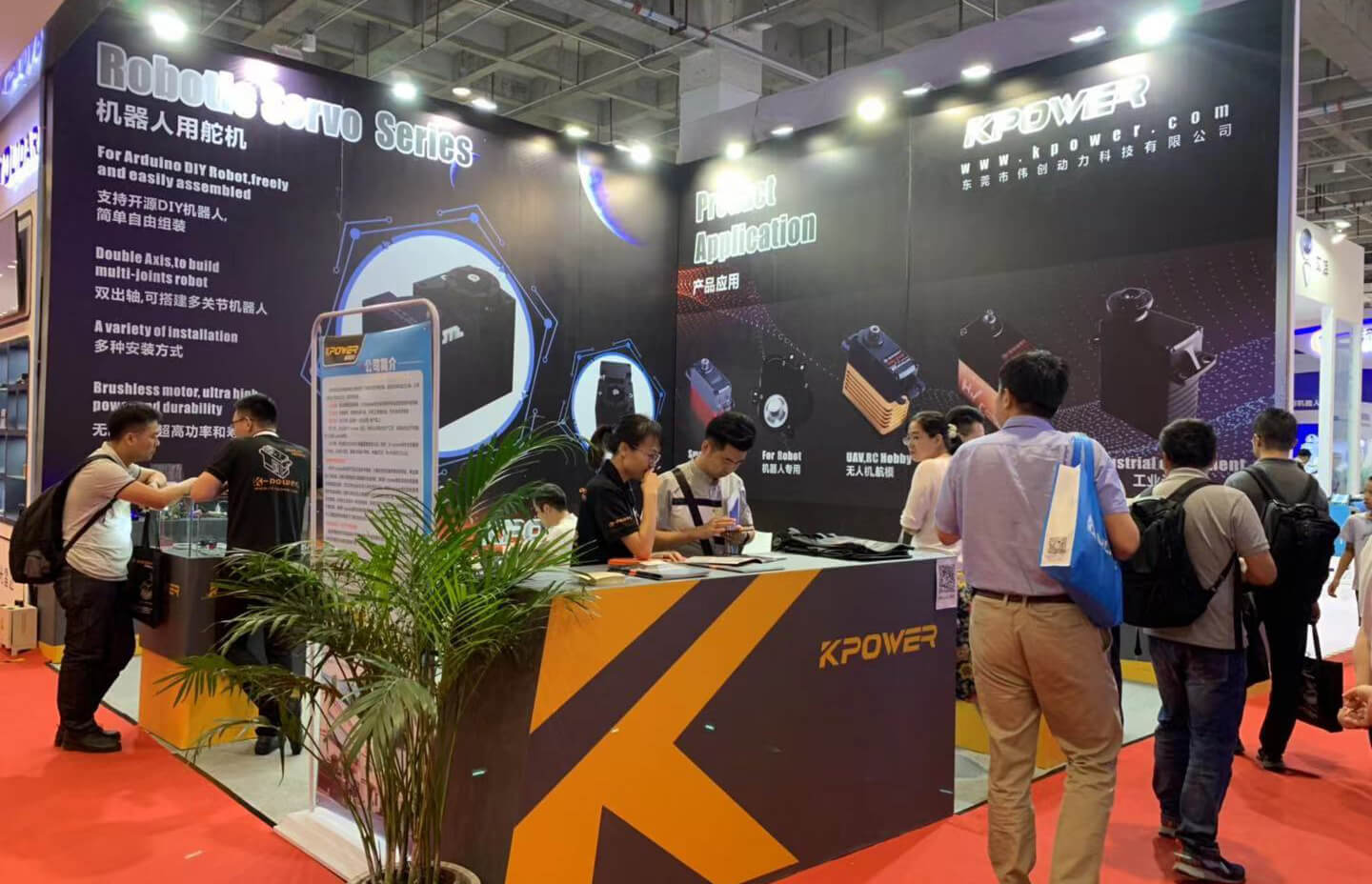Unlocking Precision: A Deep Dive into Servo Motor Block Diagrams
Imagine orchestrating a symphony where every note is perfectly timed, every instrument in sync. That’s essentially what a servo motor does in a mechanical system—bringing precision, speed, and control to everything from robotic arms to aerospace technology. At the heart of understanding how these systems operate lies a fundamental blueprint: the block diagram.

A block diagram may sound like mere technical jargon, but it’s really an elegant construction of how a complex system functions layer by layer. When it comes to servo motors, this diagram becomes a roadmap—showing information flow, control processes, and feedback mechanisms that keep the motor performing at its peak.
What is a Servo Motor? A servo motor is a rotary or linear actuator that allows for precise control of angular or linear position, velocity, and acceleration. They are widely used where accurate control of motion is required—robotics, CNC machinery, camera gimbals, aerospace, and more. Unlike simple motors that run at full speed once powered, servo motors are part of a closed-loop control system that constantly adjusts movement based on feedback.
The Core Components of the Block Diagram
Input Signal or Command The process begins with a user or system providing an input signal—say, a desired position, speed, or torque. This command forms the target for the servo system.
Controller (often PID-based) This is the system's brain. The controller compares the desired command with the actual position or speed of the motor. Using a proportional-integral-derivative (PID) algorithm, it calculates the necessary correction to bring the motor's output closer to the target.
Amplifier Drive The controller’s signal is typically weak, necessitating an amplifier or driver stage that provides the necessary power to energize the motor. This component converts control signals into high-current pulses, enabling the motor to respond effectively.
Servo Motor (The Actuator) This is the physical device that converts electrical energy into mechanical motion. It may be a DC, AC, or brushless motor, depending on application. Its role is to execute the movement or positional change dictated by the control system.
Feedback Devices Without feedback, the system would be like sailing without a compass. Common feedback devices include encoders or resolvers that continuously monitor the motor’s current position, speed, or torque.
Sensor Signals and Feedback Loop The feedback device reports real-time data back to the controller, closing the loop. If the actual position deviates from the target, the controller adjusts the control signals accordingly.
Understanding the Block Diagram’s Flow
The flow of information and power in a typical servo system can be visualized as a cycle:
The desired position or velocity (input) is fed into the controller. The controller calculates the error by comparing this to the actual position or velocity from the feedback device. Using the PID algorithm, the controller produces an error correction signal. This signal passes through the amplifier or driver, which powers the motor accordingly. The servo motor responds by moving toward the target position or speed. The feedback device constantly updates the controller with the current state, maintaining a continuous correction cycle.
This entire process ensures that the motor accurately follows the command input, even amid disturbances or loads.
Characteristics of a Typical Servo System
High Precision: Closed-loop feedback allows for very accurate position and velocity control. Fast Response: Proper tuning of the controller provides rapid adjustments to changing inputs. Stability: Feedback mechanisms prevent overshoot, oscillations, or instability. Versatility: Different feedback sensors and motor types make servo systems adaptable for various applications.
Real-World Applications and Implications
Understanding the block diagram is not just academic; it’s essential in designing systems that are safe, reliable, and efficient. For example, robotic arms in manufacturing use servo control to position tools with millimeter accuracy. Similarly, camera gimbals stabilize and orient cameras smoothly despite external disturbances.
Visualizing the Diagram
While a visual diagram would clarify many points, here’s a simplified mental model:
[Input Command] --> [Controller (PID)] --> [Amplifier] --> [Servo Motor] --> [Feedback Sensor] --| |..............................................................................................|
The feedback line loops from the sensor output back to the controller, creating a dynamic, self-correcting system.
As critical as the components are, the real magic is in how they work together seamlessly, ensuring your devices move precisely when you need them to.
Kpower has delivered professional drive system solutions to over 500 enterprise clients globally with products covering various fields such as Smart Home Systems, Automatic Electronics, Robotics, Precision Agriculture, Drones, and Industrial Automation.




































